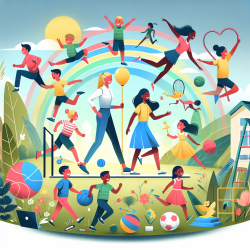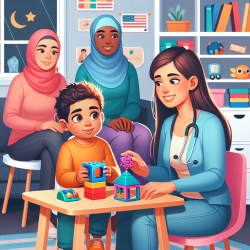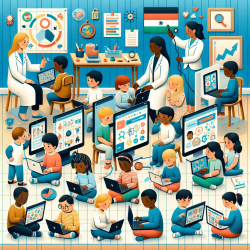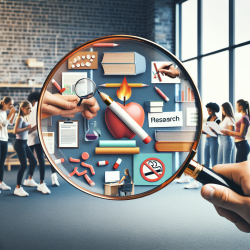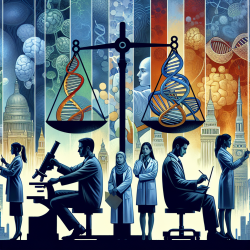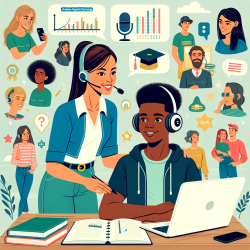Introduction
In the ever-evolving landscape of child education and health, physical literacy (PL) emerges as a pivotal concept, bridging the gap between physical activity and overall well-being. Recent research, particularly the study "Associations between children’s physical literacy and well-being: is physical activity a mediator?" highlights the profound impact PL can have on children's physical and psychosocial health. This blog delves into the findings of this study and offers actionable insights for practitioners looking to enhance their skills and understanding in this area.
The Power of Physical Literacy
Physical literacy is a multi-dimensional construct encompassing affective, physical, and cognitive domains. It equips individuals with the capacity and motivation to engage in physical activities throughout their lives. The study in question, conducted on Danish schoolchildren aged 7-13, underscores the significant associations between PL and both physical and psychosocial well-being.
Key Findings
- Positive Association with Physical Well-being: The study found a moderate positive association between PL and physical well-being, partially mediated by moderate to vigorous physical activity (MVPA).
- Impact on Psychosocial Well-being: PL was positively associated with positive aspects of psychosocial well-being and negatively associated with negative aspects, such as behavioral problems. Interestingly, these associations were not mediated by MVPA.
Implications for Practitioners
For educators, therapists, and school administrators, these findings offer a blueprint for fostering a holistic approach to child development:
- Integrate PL into Curriculum: Schools should incorporate PL-focused activities that nurture motivation, confidence, and physical competencies.
- Focus on Enjoyment and Quality: Shift the emphasis from the quantity of physical activity to the quality and enjoyment of movement experiences.
- Create Supportive Environments: Cultivate environments that emphasize task-solving and learning rather than competition, providing social and autonomy support.
Encouraging Further Research
While the study provides valuable insights, it also highlights the need for further research, particularly longitudinal and experimental studies, to fully understand the causal relationships between PL, physical activity, and well-being. Practitioners are encouraged to explore these areas and contribute to the growing body of evidence supporting the role of PL in health promotion.
Conclusion
The study "Associations between children’s physical literacy and well-being: is physical activity a mediator?" provides compelling evidence of the benefits of physical literacy on children's well-being. By integrating these findings into practice, educators and health professionals can play a crucial role in promoting healthier, happier, and more active lives for children.
To read the original research paper, please follow this link: Associations between children’s physical literacy and well-being: is physical activity a mediator?
